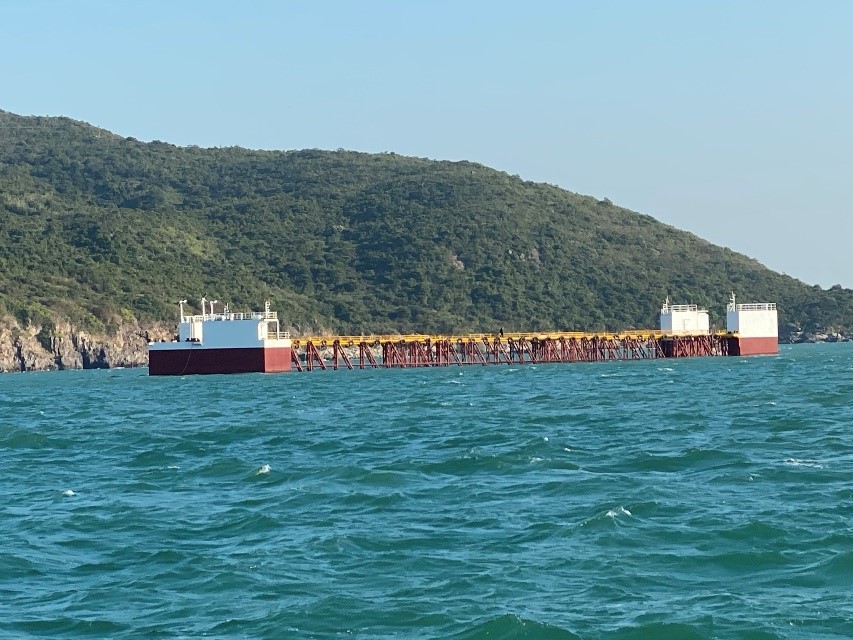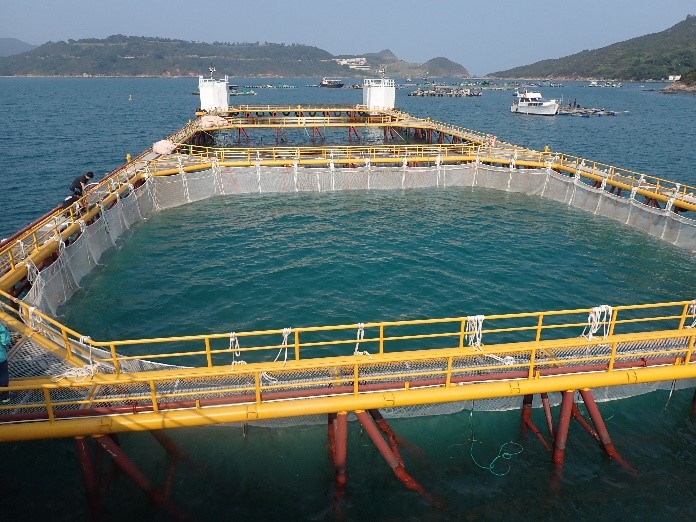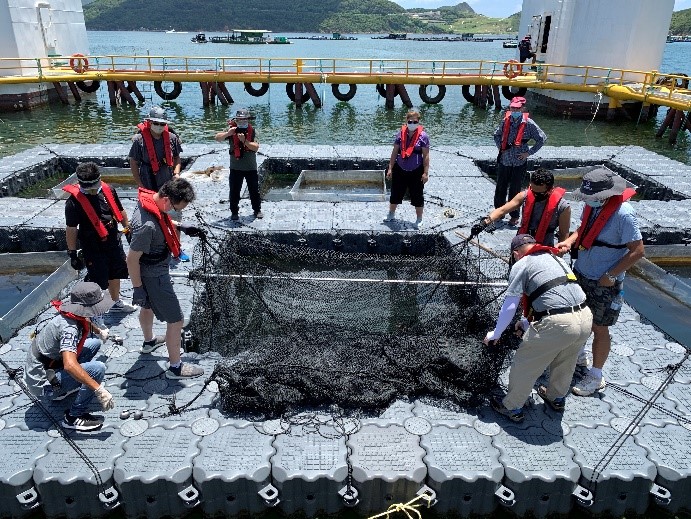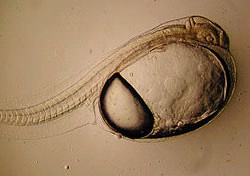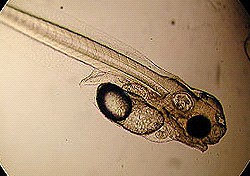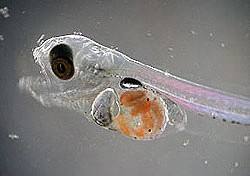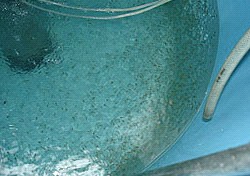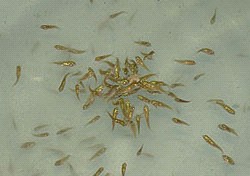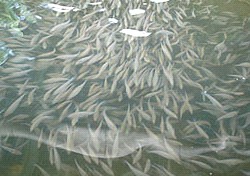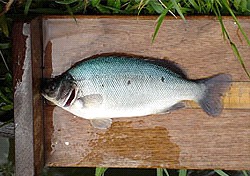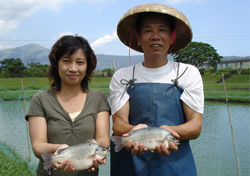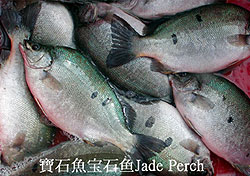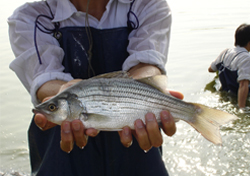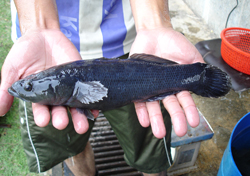Technological development
|
AFCD set up modern Mariculture Demonstration Farm To guide the local mariculture industry to adopt a modern and sustainable operation, the Agriculture, Fisheries and Conservation Department (AFCD) has established a modern mariculture demonstration farm (demonstration farm) at the Tung Lung Chau fish culture zone in 2021. The demonstration farm has adopted a semi-submersible steel truss cage farm design which can withstand strong wind, wave and ocean current and is durable. Equipped with modernised mariculture technology, such as real-time water quality monitoring and surveillance systems, an automated feeding system and a solar and wind power generation system, the demonstration farm can operate in an open sea with better water exchange at a larger scale. The AFCD is conducting mariculture studies at the demonstration farm to collect empirical data for future reference. Supported by Sustainable Fisheries Development Fund (SFDF), the Hong Kong Polytechnic University ran a project on promoting modernised and sustainable mariculture at the demonstration farm between 2020 and 2023. It provides hands-on training at the demonstration farm and lectures to conventional mariculturists and people who intend to join the mariculture industry with a view to helping the local trade to develop modernised and sustainable mariculture practices.
Adaptive development studies are conducted to improve productivity and enhance sustainability of the local aquaculture industry. To provide greater variety of choice of species for culture and to enhance the competitiveness of Hong Kong fish farmers, continuous effort is made to identify suitable new species with good market potential for extension to farmers. Culture trials of Jade Perch In 2004, we conducted collaborative trials on culture of Jade Perch and the results were successful. However, the fry of Jade Perch from Australia are produced in November to January of the next year in the spring of the southern hemisphere which are the fall and winter months of Hong Kong. Therefore, the fry have to be kept in Australia until the winter has passed and then transported to Hong Kong for stocking in spring. This may increase the cost of rearing and transportation of the fish fry considerably. Since 2010, AFCD has mastered the induced spawning and fry rearing techniques and was able to produce Jade Perch fry in mass quantity. By doing so, the fry cost can be reduced and the supply of fry can be maintained. Through seminars, workshops and site visits, such techniques can be transferred to local fish farms.
Jade Perch Larvae
Trials on culture of hybrid-striped bass and sleepy cod were completed in 2005. The collaborative trial on hybrid-striped bass with fish farmers was successful. With pellet feeds dispensed by automatic feeding machine, the fish grew fast and reached marketable size in 6 to 8 months. The flesh of hybrid-striped bass has few bones and tastes good. On the other hand, the growth of sleepy cod in the trials was relatively slow but the flesh was tender and tasted good. Fish farmers showed initial interest and considered it a good choice for stocking in polyculture ponds as it may fetch higher price than other freshwater fish.
Promotion of pellet feeds Continuous effort is being made in promoting the use of pellet feed to replace trash fish, traditional feed for aquaculture. |
||||||||||||||||||||||||||||||||||||||
Dry pellet fish feed is getting popular among aquaculture industry in the last few years. The main ingredient of dry pellet fish feed is fishmeal, protein from other animal or plant origin, fish oil or other kinds of lipids, vitamin premix, minerals and binders are also added in accordance with the nutritional requirement of the target cultured species. The combined ingredients are extruded into pellets of different sizes and densities to suit the feeding behavior of different types of cultured fish. Dry pellet fish feed can significantly reduce pollution caused by fish feeding and improve both the feed efficiency as well as fish health. Commercially available dry pellet fish feed are collected regularly for nutritional analysis to assist fish farmers in choosing suitable dry pellet fish feed.
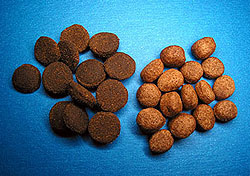 |
| pellet feed |
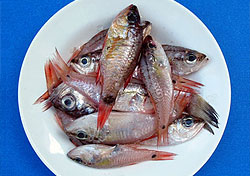 |
| trash fish |
| Telephone No. | |
| Techniques & management /Pond fish culture | 2471 9174 |
| Techniques & management /Marine fish culture | 2150 7083 |
![]()
| Back | Back to Top |
![]()
